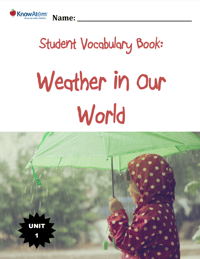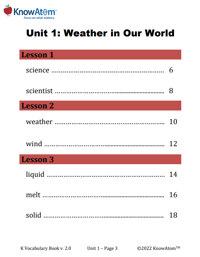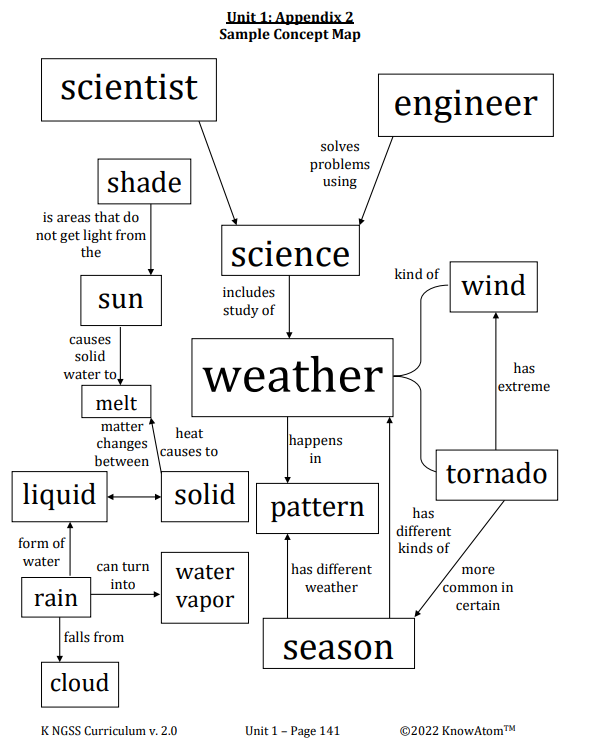In this brief lesson students engage in Socratic dialogue or wonder circle asking and answering questions about weather and how scientists explore weather patterns, specifically the wind. Students will practice observing the weather where they live and engaging in a dialogue about their observations, after reading a story which introduces them to the concept of wind. They will also explore how scientists study the effects of wind by creating a pinwheel to notice how the wind moves different objects. The goal of this lesson is to launch students into a process of beginning to act like scientists and engineers themselves. They will carry this understanding forward as they engage with phenomena hands-on as scientists and engineers in future lessons.







